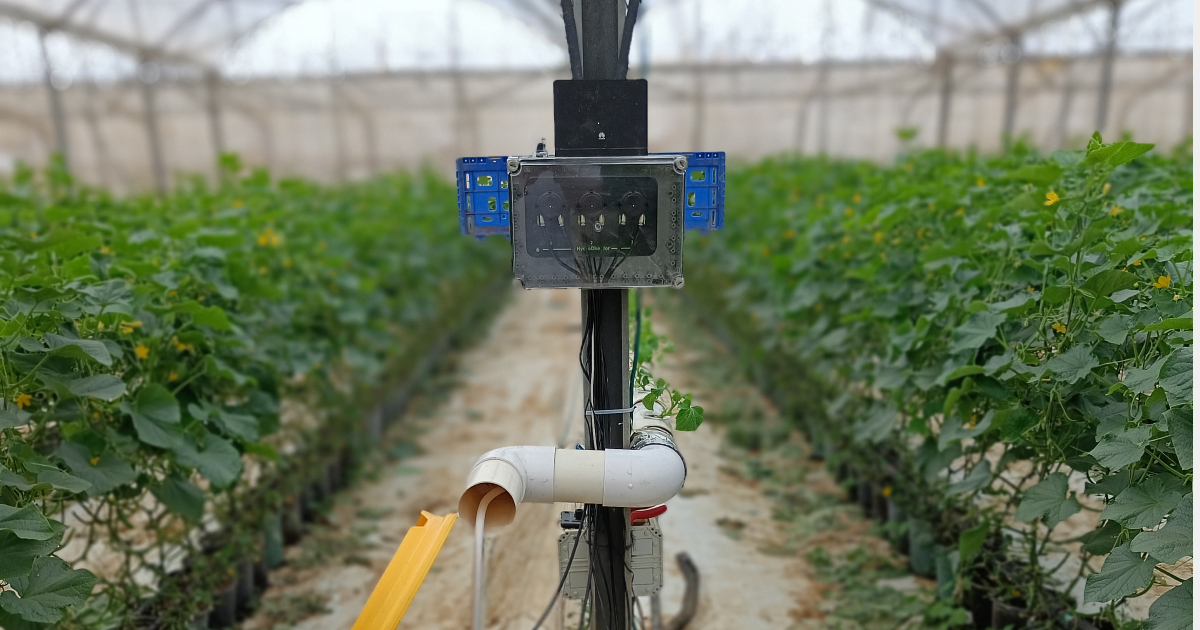
How To Grow Hydro Cucumbers: Case-Based Guide (2025)
Hydro cucumbers have exploded in popularity, offering a way to cultivate crisp, delicious cucumbers year-round and indoors. But despite their appeal, some remain hesitant, believing hydroponic cucumbers are shrouded in complexity. Let’s debunk this myth! In this comprehensive guide, we’ll unveil the secrets to growing thriving hydroponic cucumbers, proving it’s an accessible and rewarding experience for anyone.
How long does it take to grow cucumbers hydroponically?
The journey from seed to a crisp, homegrown cucumber typically takes 50-70 days in a hydroponic system.
Setting Up Your Cucumber Hydroponic System:
The first step is selecting a suitable cucumber hydroponic system. Deep Water Culture (DWC) and Dutch Buckets are popular options. Choosing the right grow medium is crucial. Rockwool and coco coir are common choices due to their excellent drainage and aeration properties. Additional equipment like reservoirs, pumps, and air stones complete your setup.
- Choosing a Cucumber Hydroponic System: Popular options include Deep Water Culture (DWC) and Dutch Buckets. Consider factors like system complexity, plant size, and desired level of automation.
- Selecting the Right Grow Medium: Rockwool and coco coir are common choices due to their excellent drainage and aeration properties. Other options include perlite and expanded clay pebbles. Choose based on your system, budget, and personal preference.
- Essential Equipment: In addition to the grow medium and system, you’ll need a reservoir, pump, air stone, and grow lights (LED or fluorescent). Consider a timer for lights and a pH meter for monitoring nutrient solution.
What is the best variety of cucumber to grow hydroponically?
Several cucumber varieties thrive in hydroponic systems. Consider options like:
- English slicer
- Marketmore
- Little Leaf
These varieties are known for their excellent yields, disease resistance, and suitability for indoor growing.
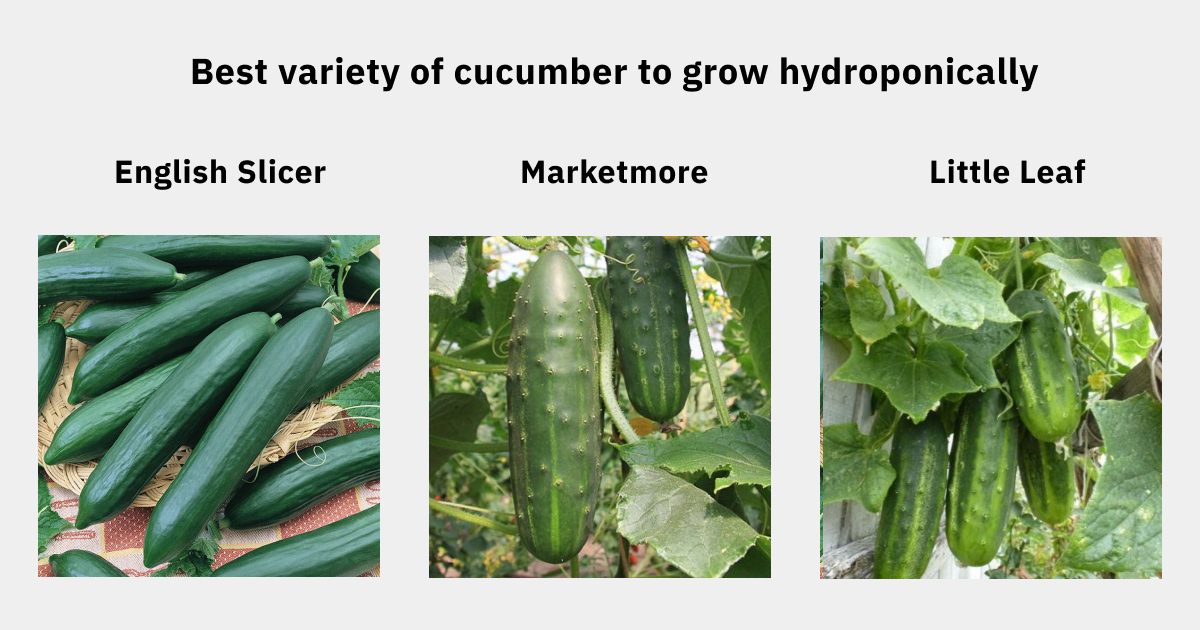
English Slicer:
- Description: This classic variety produces long, slender cucumbers (8-12 inches) with a smooth, dark green skin and excellent slicing qualities.
- Strengths: Highly disease-resistant, thrives in controlled environments like hydroponics, boasts excellent yield potential (3-4 lbs/ft²).
- Considerations: Requires support due to vining growth habit, may require pollination assistance if your system lacks natural air circulation.
- Seed Options: For commercial farming, consider opting for hybrid English slicer seeds. Hybrids are often bred for specific traits like disease resistance, high yield, and uniformity in size and shape. Popular choices include ‘Ashley’ or ‘Legislation’ varieties. The best variety of cucumber to grow hydroponically.
Marketmore:
- Description: This versatile variety produces slightly shorter cucumbers (6-8 inches) with a slightly bumpy skin and a crisp, refreshing flavor.
- Strengths: Highly adaptable, thrives in hydroponics, offers good disease resistance, produces consistently high yields (4-5 lbs/ft²).
- Considerations: Also a vining cucumber, requiring trellis support, may require pollination assistance depending on your system setup.
- Seed Options: Similar to English slicer, consider hybrid Marketmore varieties like ‘Bushmaster’ or ‘Liberty’ for commercial production. These hybrids offer improved disease resistance, higher yields, and potentially compact growth habits, which can be beneficial in space-optimized hydroponic systems. One of the best cucumber varieties for hydroponics.
Little Leaf:
- Description: This unique variety produces smaller cucumbers (4-6 inches) with a smooth, dark green skin and a sweeter flavor compared to other slicing varieties.
- Strengths: Compact bush growth habit eliminates the need for trellising, suitable for smaller grow spaces, offers good disease resistance, produces decent yields (2-3 lbs/ft²).
- Considerations: Yields are generally lower compared to vining varieties, may not be ideal for large-scale commercial production.
- Seed Options: For Little Leaf, both heirloom and hybrid seeds are available. Heirloom varieties offer the advantage of being open-pollinated, meaning you can save seeds from your own harvest for future plantings. However, hybrid Little Leaf varieties like ‘Parthenon’ might offer improved disease resistance and potentially higher yields, which can be beneficial for commercial purposes.
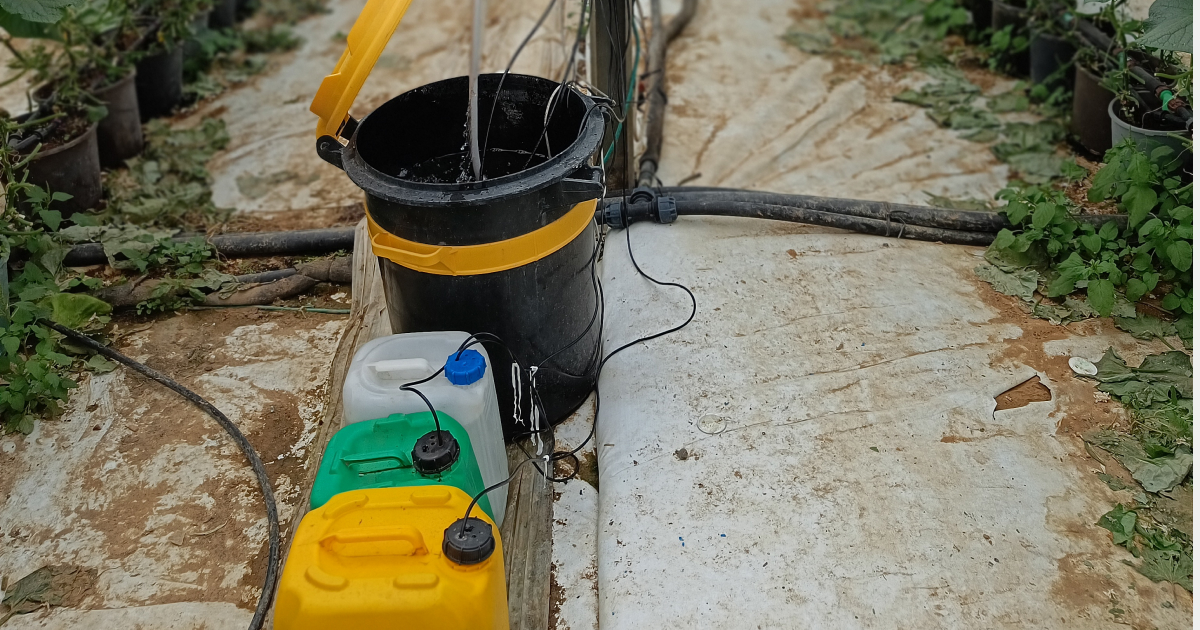
Hydro Cucumber Nutrients and Lighting.
Hydroponic plants rely solely on the provided nutrient solution for optimal growth. A balanced formula containing essential macro and micronutrients is vital. Regularly monitoring and adjusting the nutrient solution’s electrical conductivity (EC) is necessary (addressed in a later section). Proper pH level is equally important for nutrient uptake (briefly mentioned here, details can be included in a separate section).
Table 1: Ideal pH and EC Levels for Hydro Cucumbers (by Planting Stage)
| Stage | Target pH | Target EC (mS/cm) |
|---|---|---|
| Seedling (1-2 weeks) | 5.8-6.0 | 1.0-1.5 |
| Vegetative Growth (3-5 weeks) | 5.5-6.0 | 1.8-2.2 |
| Flowering & Fruiting (6+ weeks) | 5.5-6.0 | 2.0-2.5 |
What kind of nutrients do I need for hydro cucumbers?
- Complete vs. Single Nutrients: Unlike soil, where plants acquire nutrients through breakdown of organic matter, hydroponic plants rely solely on the provided solution. Therefore, hydroponic fertilizers are typically complete formulas containing essential macro (N-P-K) and micronutrients (calcium, magnesium, etc.) to ensure balanced nutrition.
- Nutrient Ratios: Compared to some other plants (e.g., tomatoes with higher calcium needs), cucumbers prioritize potassium (K) for fruit development. While a balanced base formula is crucial throughout the growth cycle, a slight increase in potassium during flowering and fruiting is beneficial.

Tips and Tricks for Hydroponic Cucumber Fertilizer:
- Start Seedlings with Lower EC: Young seedlings have lower nutrient requirements. Begin with a dilute nutrient solution (EC 1.0-1.5 mS/cm) and gradually increase concentration as plants mature (refer to Table 1 in the previous section).
- Monitor and Adjust Regularly: Regularly monitor EC and pH levels using a reliable meter. Adjust the nutrient solution concentration or add pH up/down as needed to maintain the ideal ranges (refer to Table 1).
- Consider Water Quality: Your tap water’s baseline EC and pH can influence the final solution. Factor this in when mixing nutrients and adjust accordingly.
- Beware of Salt Build-Up: Over time, mineral salts can accumulate in the reservoir. Periodically flush the system with clean water (around 20% of reservoir volume) to prevent nutrient imbalances.
How often do I need to change the nutrient solution for hydroponic cucumbers?
- The frequency depends on your system, plant size, and reservoir capacity. Typically, every 1-2 weeks for a recirculating system and more frequently for non-recirculating systems. Regularly monitor EC and adjust nutrient concentration as needed.
Dosing and Automation with GrowDirector 4 PRO:
- Precise Dosing: Manually measuring and mixing nutrients can be time-consuming and error-prone. GrowDirector 3 PRO simplifies this process. It connects to automated dosing pumps, allowing you to program specific nutrient delivery schedules based on plant stage and real-time data.
- Continuous Monitoring: GrowDirector’s sensors constantly monitor EC and pH levels. The system automatically triggers adjustments through the dosing pumps if readings fall outside the desired range, ensuring consistent nutrient availability for optimal plant growth.
- Data-Driven Decisions: GrowDirector tracks historical data on nutrient use and plant growth. This valuable information helps you refine your fertilization strategy over time for even better results in future harvests.

Additional Tips:
- Choose Reputable Brands: Opt for high-quality, water-soluble fertilizers specifically formulated for hydroponics.
- Read Labels Carefully: Always follow the manufacturer’s instructions for dilution rates and application frequency.
- Start Low, Go Slow: It’s better to under-fertilize slightly than over-fertilize. Excess nutrients can harm plants and reduce yields.
Table 2: Suggested Fertilizer Regimen for Hydro Cucumbers (by Planting Stage)
| Stage | Fertilizer Focus | Example Nutrients (N-P-KRatio) |
|---|---|---|
| Seedling | Balanced growth & root development | 19-6-12 or 20-10-20 |
| Vegetative Growth | Strong vegetative growth & leaf development | 20-10-20 or 24-8-16 |
| Flowering & Fruiting | Increased potassium for fruit development | 10-20-30 or 6-12-36 |
How much light do hydro cucumbers need?
Hydro cucumbers thrive under strong artificial light for 12-14 hours daily. The ideal light spectrum should resemble natural sunlight, often referred to as “full spectrum” or “grow lights.” These lights provide the essential wavelengths for photosynthesis, the process by which plants convert light energy into usable sugars for growth.
Understanding LUX and Its Importance:
LUX (illumination) is the unit used to measure the intensity of visible light perceived by the human eye. While not the sole indicator of plant growth, LUX provides a helpful reference point for ensuring your hydro cucumbers receive adequate light.
Target LUX Levels for Hydro Cucumbers:
- Seedling Stage (1-2 weeks): 5,000 – 7,000 LUX
- Vegetative Growth (3-5 weeks): 10,000 – 15,000 LUX
- Flowering & Fruiting (6+ weeks): 15,000 – 20,000 LUX
Optimizing Hydro Cucumber Lighting With LUX Sensors:
LUX sensors are electronic devices that measure light intensity. Integrating LUX sensors into your hydroponic setup offers several benefits:
- Real-Time Monitoring: Continuously monitor the light intensity reaching your plants, ensuring they receive the recommended LUX levels throughout their growth cycle.
- Dynamic Adjustments: LUX sensors can be connected to lighting timers or controllers. Based on real-time readings, the system can automatically adjust light intensity or duration to maintain optimal levels, even as factors like bulb aging or plant canopy changes can affect light distribution.
- Data-Driven Decisions: LUX sensor data, along with plant growth observations, can help you refine your lighting strategy over time. You can identify areas requiring more or less light for future plantings.
GrowDirector 3 PRO: Optimizing Growth Conditions
Maintaining consistent and optimal growing conditions is essential for maximizing yield and quality. Introducing GrowDirector 4 PRO, an advanced monitoring and control system, simplifies this process.
Case Study: Precise Control for Superior Cucumbers
A commercial cucumber grower faced challenges managing fluctuating EC levels (electrical conductivity) in their main water line, making it difficult to provide the correct fertilizer concentration during each irrigation cycle. Additionally, inconsistent root zone temperatures impacted plant growth.
GrowDirector 3 PRO provided a solution. By implementing a secondary reservoir and a HydroDirector module, the system precisely controls water EC and pH for the cucumber plants, ensuring optimal nutrient delivery. Furthermore, utilizing GrowDirector’s sensors, the grower can monitor water temperature in real-time and automatically activate chilling or heating devices to maintain ideal root zone conditions, mimicking a perfect growing environment for hydro cucumbers .
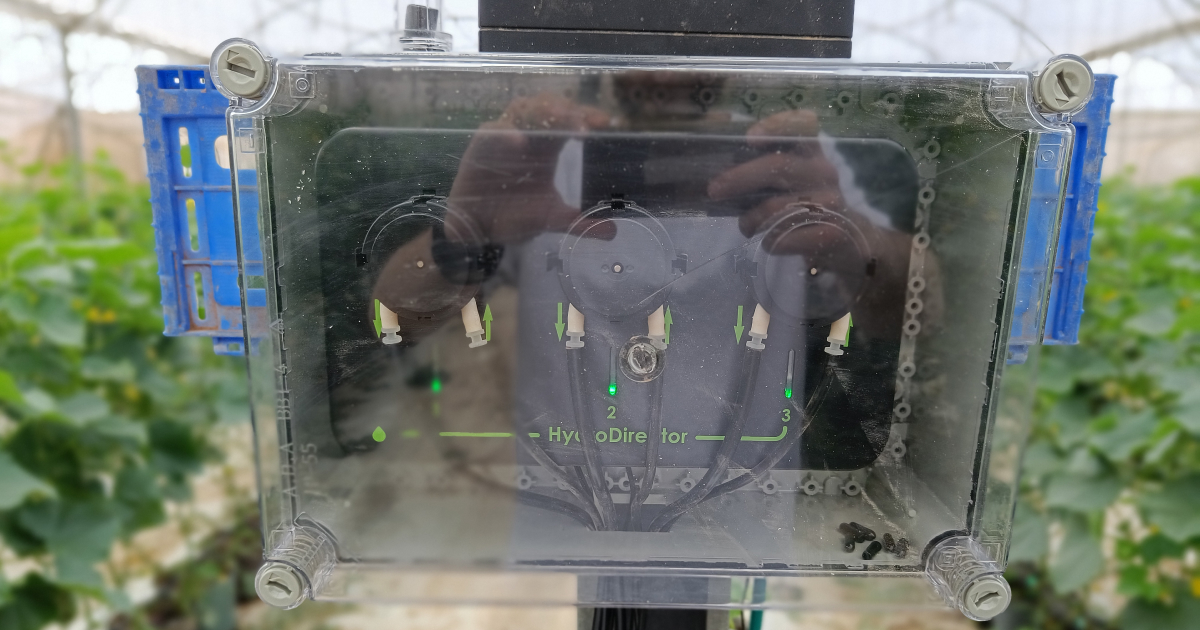
Plant Care & Support:
Once seedlings are ready, carefully transplant them into your cucumber hydroponic system. Vining cucumber varieties benefit from a trellis for support. In some cases, manual pollination might be necessary (mentioning this technique here avoids repetition later).
Benefits & Challenges:
Hydro cucumbers offer several advantages, including faster growth rates, higher yields, and efficient water usage. However, there are initial investment considerations and a need for consistent monitoring.
Overcoming Challenges in Hydro Cucumbers:
- Fluctuating Water EC: Regularly monitor EC and adjust nutrient solution concentration. Consider installing a reservoir with a larger capacity to dilute fluctuations from the main water line (as in the GrowDirector 3 PRO case study).
- Inconsistent Root Zone Temperature: Utilize insulated containers for reservoirs and monitor water temperature. Invest in heating or cooling equipment and connect them to a reliable thermostat or, ideally, a system like GrowDirector 3 PRO for automated temperature control.
- Pests and Diseases: While less common in controlled hydroponic environments, basic sanitation practices are crucial. Regularly clean and disinfect equipment. Monitor plants for signs of pests or diseases and take appropriate action with organic or biological controls if necessary.
Benefits & Advantages of Hydro Cucumbers:
- Faster Growth Rates: Compared to traditional soil cultivation, cucumber hydroponic systems can significantly accelerate plant growth due to optimized nutrient delivery and controlled environmental conditions.
- Higher Yields: Cucumber Hydroponic systems often produce higher yields per square foot of growing space due to efficient resource utilization and minimized plant stress.
What are some common pests and diseases for hydroponic cucumbers?
- Fungus Gnats: These tiny flies lay eggs in moist growing mediums. Larvae can damage roots, hindering nutrient uptake and plant growth.
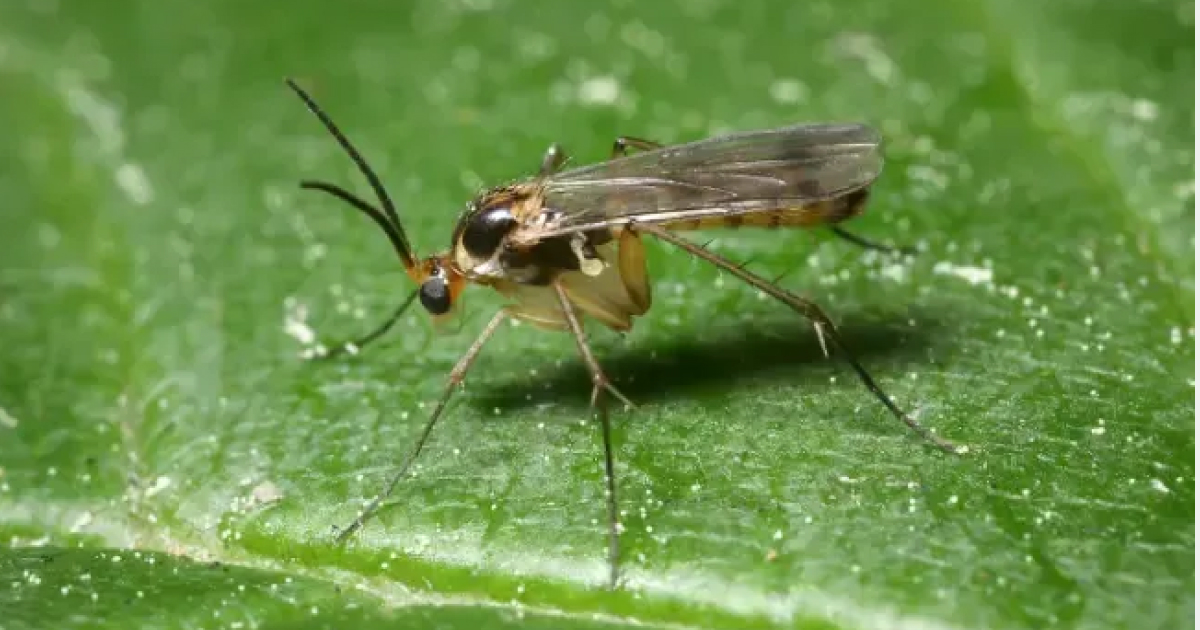
- Spider Mites: These sap-sucking pests thrive in warm, dry conditions and can cause leaves to appear stippled and yellowed.

- Thrips: These tiny insects feed on plant sap, causing leaves to curl and become distorted.

- Aphids: These soft-bodied insects also feed on plant sap, transmitting diseases and weakening plants.
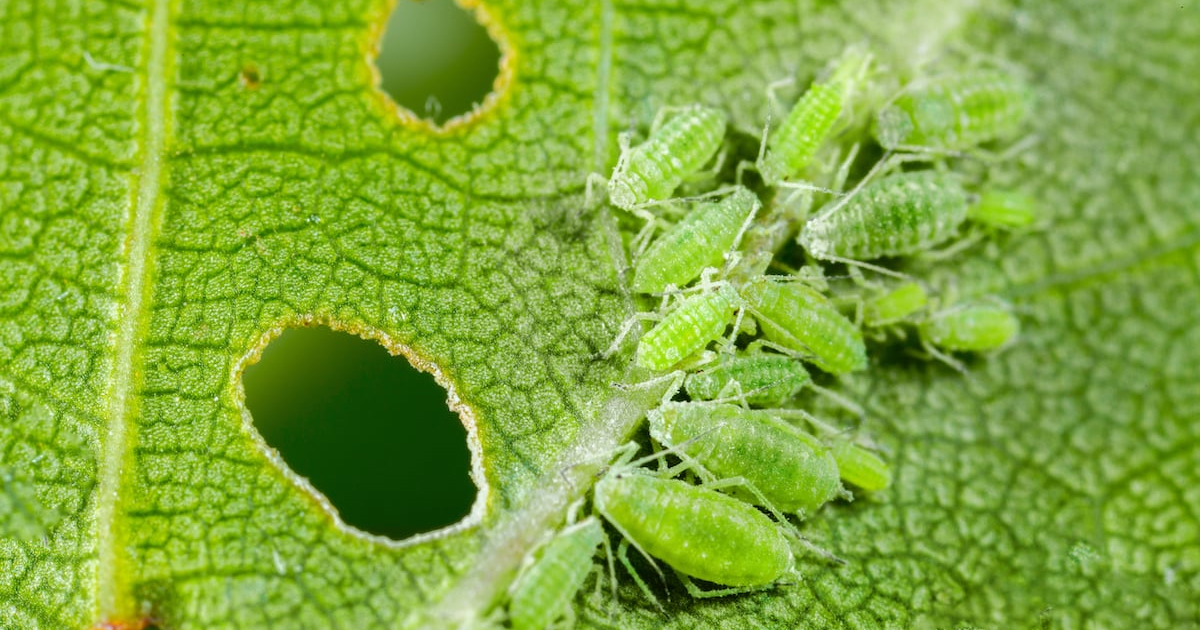
How can I prevent pests and diseases in my cucumber hydroponic system?
Hydroponic systems are generally less susceptible to pests and diseases compared to traditional soil cultivation. However, basic sanitation practices and monitoring for potential issues are still recommended.
Harvesting & Enjoyment:
When cucumbers reach maturity and display a firm, vibrant green color, they are ready for harvest. Use sharp pruners to carefully remove them from the vine. Proper storage techniques will extend the shelf life of your homegrown cucumbers.
Conclusion:
Growing hydroponic cucumbers offers a rewarding and productive way to enjoy fresh, delicious cucumbers year-round. By following these guidelines and leveraging innovative tools like GrowDirector 3 PRO, you can create an optimized growing environment for consistently high-quality results.
Read More About Greenhouse and Indoor Automation:
Discover the GrowDirector Hydro Basic Kit (complete, cost-effective and so simple solution for hydroponic cucumbers)
